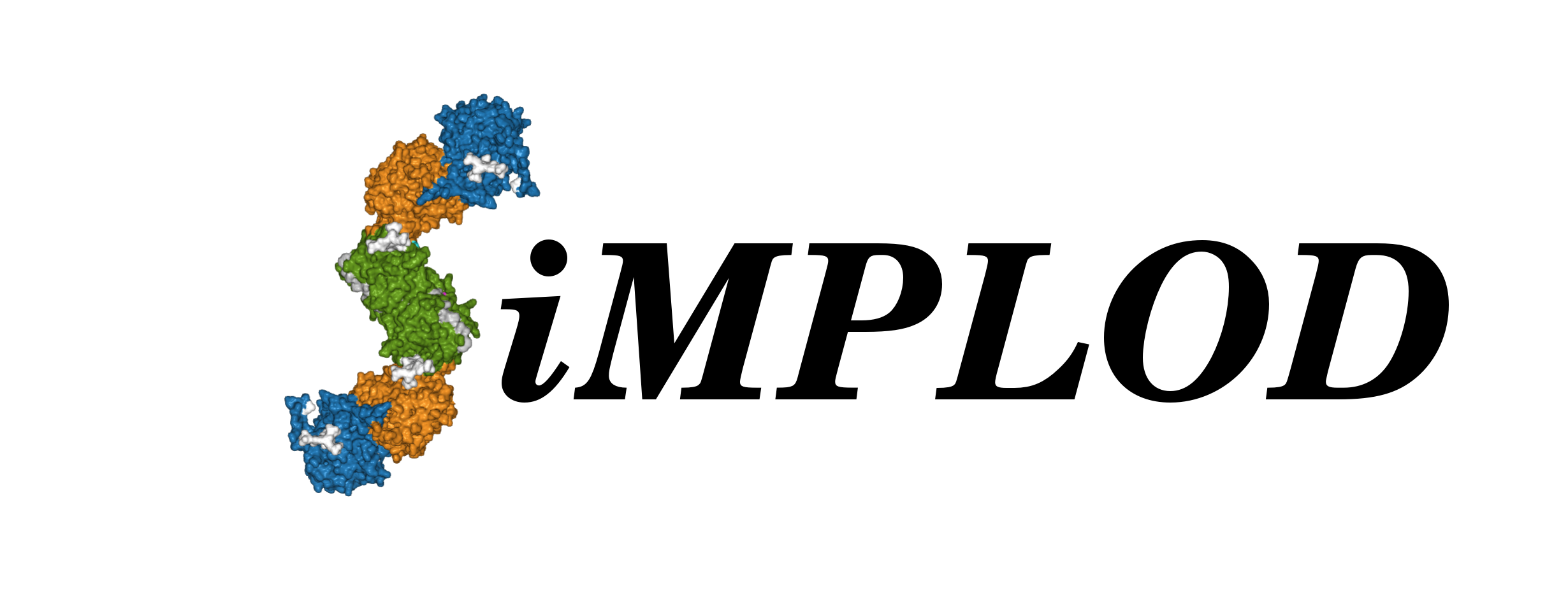 About
Contact
References
Structures
Adv. Search
Stats
Demo
About
Contact
References
Structures
Adv. Search
Stats
Demo
| LH3 PRO270LEU | ||
| SiMPLOD ID |
SiMPLOD3-1151 | |
| Isoenzyme |
Lysyl Hydroxylase 3 (human) - UniProt - Full Info | |
| Nucleotide mutation |
PLOD3 NM_001084.4:c.809C>T - NCBI RefSeq NCBI ClinVar: 623469 |
|
| Mutation type |
Pathogenic | |
| Disease Phenotype |
Stickler syndrome type VII (vascular type) Link1 Link2 Link3 Link4 | |
| Clinical Databases |
OMIM: 108300 Orphanet: ORPHA:828 ICD-10: Q87.8 MeSH: C537492 | |
| Evidence at protein level |
This variant MAY EXIST at the protein level, although no experimental evidence is currently available to support its existence. | References |
Ewans et al, 2019 - DOI - PubMed | Notes from publications |
The altered proline residue is highly conserved and located in close proximity to an alpha-helix that interconnects the N-terminal glycosyltransferase (GT) domain with the accessory (AC) domain. Whilst Pro270 is located at a distance and orientation that make it unlikely to be directly involved in GT or GGT reactions, the region incorporating this residue constitutes one of the distinguishing loops that uniquely shape the LH3 GT domain10 and may represent a critical binding site for either collagen substrates or interacting macromolecular partners critical for its correct subcellular trafficking or enzyme function. Computational modeling of the Pro270Leu mutation in an LH3 molecular structure did not show significant perturbations. The Pro270Leu variant seems to reduce at least the glucosyltransferase activity (GGT) of the mutant LH3 enzyme, whereas no sound conclusions can be drawn on the galactosyl-transferase activity (GT). Analysis of the pyridinoline crosslinks of collagen on unhydrolyzed urine showed that the glucosyl-galactosyl- hydroxylysylpyridinoline (GGHP) to hydroxylysylpyridinoline (HP) ratio was slightly reduced. |
| Related Entries |
SiMPLOD1-160: LH1 PRO258PRO (Likely benign) SiMPLOD1-753: LH1 PRO258LEU (Uncertain significance) | |
| Last Update |
2021-06-23 08:38:51 | |
|
The three-dimensional visualization is currently based on the homology model of full-length, dimeric human LH3 (generated using the crystal structure of full-length human LH3 as template). You may select a different PDB model file to visualize the mutation(s) using the drop-down menu below (page will refresh): |
||
Thank you for using SiMPLOD - Created by Fornerislab@UniPV Follow @Fornerislab - Last curated update: 1970-01-01 00:00:00
We truly hate messages and disclaimers about cookies and tracking of personal info. But don't worry, we don't use any.